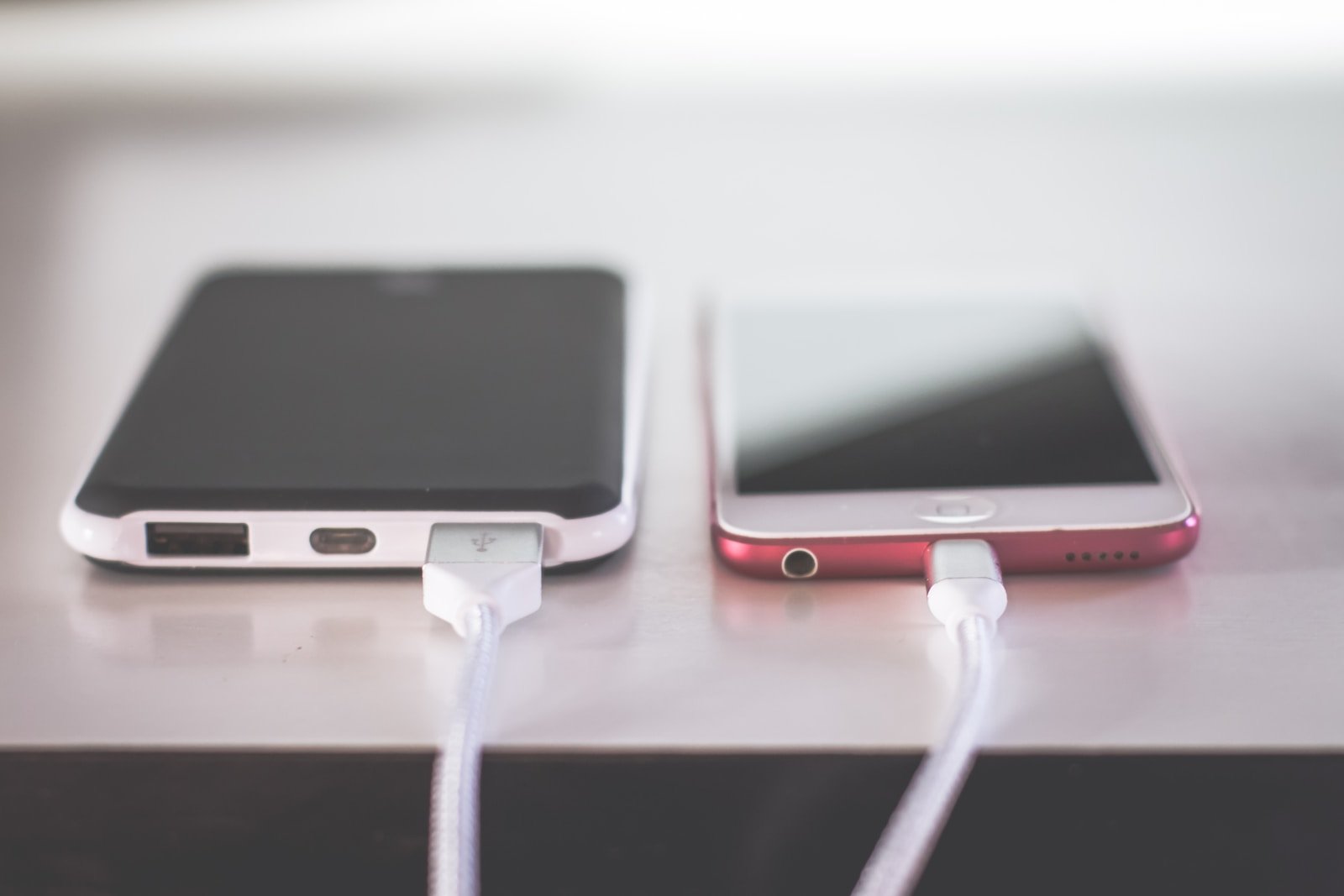Apple’s recent announcement of the iPhone 15 series has brought about a significant shift—moving away from the familiar Lightning port to the more universally adopted USB-C port. While this technological evolution aligns Apple with industry standards, it also raises a crucial concern: the fate of the numerous Lightning cables that are now rendered obsolete. Recognizing the environmental impact of discarding these cables, it becomes imperative to explore sustainable alternatives for Lightning cable recycling.
1. Empowering Friends and Family with Spare Cables:
As users eagerly embrace the USB-C transition, a surplus of Lightning cables inevitably accumulates. A proactive and eco-friendly approach involves redistributing these cables among friends and family who still rely on older iPhones without USB-C ports. This not only extends the life of the cables but also serves as a practical and considerate gesture within the tech community.
- Strategic Distribution for Maximum Impact: Position the surplus Lightning cables in a designated area, easily accessible to visitors. As iPhone users within your social circle visit, take the opportunity to inquire about their cable needs. Emphasize the versatility of having spare cables for various scenarios, such as in-car Apple CarPlay connections or emergency use.
- Encouraging a Cascade Effect: Beyond the initial distribution, encourage recipients of the cables to adopt a similar approach when they no longer require them. Fostering a culture of shared resources ensures sustained Lightning cable recycling and reduces electronic waste within a community.
- Educational Initiatives: Consider organizing informal workshops or information sessions among friends and family to highlight the environmental impact of e-waste and the importance of sustainable tech practices. This not only enhances awareness but also creates a sense of shared responsibility.
2. Supporting Electronics Recycling Programs:
For individuals without a direct network of iPhone users or those looking for a more centralized approach, leveraging established electronics recycling programs becomes a viable and responsible option. Best Buy, a prominent electronics retailer in the United States, exemplifies a seamless Lightning cable recycling process.
- Utilizing Best Buy Recycling Bins: Best Buy stores feature recycling bins conveniently located near the entrance. As part of their robust recycling initiative, Best Buy welcomes Lightning cables, along with a wide range of other electronics.
- Efficient Disposal Process: Gather all unused cables and any additional electronics, placing them in a designated plastic bag. Simply deposit the bag into the recycling bin, and Best Buy takes it from there. This streamlined process ensures that electronic waste is disposed of responsibly.
- Global Alternatives: Individuals residing outside North America or lacking access to Best Buy can explore local alternatives. Contacting public schools, technology programs, or municipal initiatives may reveal opportunities to contribute Lightning cables to educational or community-focused initiatives.
- Collaborating with Local Businesses: Reach out to local businesses, particularly those involved in technology retail or repair. Establishing partnerships can create channels for responsible disposal and potentially contribute to community programs.
3. Adapter Integration for Continued Use:
For users hesitant to part with their Lightning cables, the adoption of adapters offers a pragmatic bridge between the legacy port and the USB-C era.
- xPOWR Lightning to USB-C Adapter: Facilitating both charging and data transfer, this adapter allows users to repurpose their Lightning cables for use with USB-C devices. While not providing a comprehensive solution, it enables the continued utilization of existing cables for a range of purposes.
- UGREEN USB-C to Lightning Audio Adapter: Tailored specifically for Lightning headphones, this adapter supports audio functionality. While not addressing charging or data transfer, it provides a targeted solution for users attached to specific audio accessories.
- Balancing Considerations: While adapters offer a pragmatic approach to extend cable functionality, users should weigh the cost, potential e-waste generated by adapters in the future, and the overall sustainability of this solution.
- DIY Adapter Kits: Encourage a DIY approach to create adapters using reusable or upcycled materials. This not only promotes creativity but also aligns with sustainable practices by minimizing the environmental impact of additional electronic accessories.
Closing the Loop on Sustainable Practices:
As the tech landscape undergoes continual evolution, embracing sustainable practices becomes integral to responsible consumer behavior. The shift from Lightning to USB-C in the iPhone 15 series prompts a collective responsibility to manage electronic waste responsibly. By empowering communities, supporting recycling programs, and exploring adaptive solutions, users contribute to a greener, more sustainable future.
Advocacy for Extended Producer Responsibility (EPR):
While individuals play a crucial role in sustainable tech practices, advocating for Extended Producer Responsibility (EPR) becomes paramount. EPR initiatives place the onus on manufacturers to manage the entire life cycle of their products, including responsible disposal and recycling. Engaging with policymakers and supporting legislative measures that promote EPR can create a more robust framework for sustainable electronics practices.
Educational Campaigns for Sustainable Tech Practices:
Beyond individual efforts, collective initiatives can significantly impact consumer behavior. Collaborating with tech companies, environmental organizations, and educational institutions to launch campaigns promoting sustainable tech practices can create a broader awareness. These campaigns can highlight the environmental impact of e-waste, offer practical tips for responsible disposal, and encourage a shift towards devices designed with recyclability in mind.
Investment in Circular Economy Models:
Encouraging the adoption of circular economy models within the tech industry is crucial. This involves designing products with a focus on durability, reparability, and recyclability. Supporting companies that prioritize these principles and advocating for eco-friendly product design can drive systemic change.
Conclusion:
In conclusion, the shift from Lightning to USB-C in the iPhone 15 series not only signifies technological progress but also presents an opportunity for users to engage in sustainable practices. Lightning cable recycling, when approached proactively and responsibly, can contribute to the reduction of electronic waste and foster a culture of shared resources. Whether through empowering communities, supporting recycling programs, or exploring adaptive solutions, users play a pivotal role in shaping a greener, more sustainable tech landscape. As the iPhone 15 makes its debut, let it also mark the beginning of a conscious and collective effort towards responsible technology consumption.

